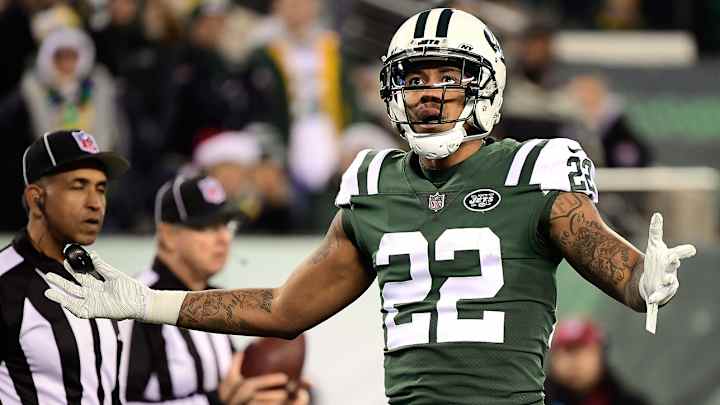Beware the Cycle That Often Follows an NFL Free Agency Splurge

Free agency is an exciting time of year for fans of big-spending teams, even if that high is typically fleeting. As we should all know by now, most of these deals are hollow and won’t last nearly as long as the time reported in the initial wave.
That doesn’t mean the contracts can’t have a lasting impact on the salary cap, though. The Giants, for example, have more than $11 million in dead money from free agent splurges of a previous regime (Olivier Vernon and Damon Harrison). Including the Odell Beckham deal, they currently have more money in sunken costs than they do actual space under the cap. It’s going to get worse there before it gets better.
As we watch teams battle for big money deals, it brings up an interesting question about why situations like this happen, how it works and why most teams allow themselves to continually fall into the same cycle.
A simplistic version of what I’ve seen in a few places: If you have cap space heading into free agency, you don’t have a lot of your own good players to re-sign. If you don’t have a lot of good players to re-sign, your team probably isn’t very good. If you’re team isn’t very good, and you’re in charge of personnel and don’t have the clout of a Super Bowl ring, you’re probably worried about losing your job. If you’re worried about losing your job, and you have a lot of cap space, you’ll probably fork over fistfuls of cash to patch the leaks on your roster and (hopefully) last another season.
The problem is, that usually doesn’t work. Free agents are free agents for a reason, and once you replace the general manager, you saddle the new one with at least one offseason’s worth of spring cleaning from all the new contracts. Off the top of my head, I can think of two general managers—Sashi Brown in Cleveland and John Idzik with the Jets—who inherited prickly salary cap situations but didn’t even last long enough to reap the benefits of a clean slate (poor drafting ultimately tipped the scales in both cases).
Thanks to Spotrac’s offseason spending tracker, we can look back at every free agency period since 2012 and isolate what teams spent on free agents alone. Here’s a look at the three highest-spending teams in each offseason, and how long it took them after that year to have another winning season (Note: I realize this isn’t the perfect tool. There are some years when teams just happened to spend a lot of money on retaining their own talent in free agency.)
*Did not make the playoffs
2012:
Saints (7-9)*, one year
Buccaneers (7-9)*, four years
Broncos (13-3)
2013:
Dolphins (8-8)*, three years
Colts (11-5)
Titans (7-9)*, two years
2014:
Buccaneers: (2-14)*, two years
Broncos (12-4)
Giants: (6-10)*, two years
2015:
Jets: (10-6)*, have not had a winning season since
Jaguars: (5-11)*, two years
Dolphins: (6-10)*, one year
2016:
Jaguars: (3-13)*, one year
Giants: (11-5)
Broncos: (9-7)*, have not had a winning season since
2017:
Jaguars: (10-6), followed by a 5-11 season in 2018
Ravens: (9-7)*
49ers: (6-10)*, followed by a 4-12 season in 2018
2018:
Bears: (12-4)
Jets (4-12)*
Jaguars (5-11)*
Six teams on this list went through a change at general manager, or a significant upheaval in their personnel office, after appearing on the list the first time. One could argue that some teams, like the Jets (currently out-pacing any other team as the highest-spending in free agency, 2019) are going through this cycle for at least a second time since 2012.
Here’s what I’ve always wondered: If you’re an owner of a franchise, how do you manage a general manager who clearly has a calculated Hail Mary mentality in free agency? Regardless of what happens, you know you’ll own the team a year from now and, if recent history is any indicator, you’re probably signing up for a second straight losing season if you allow the spending to take place. When is the right time to say ‘enough is enough?’
• Question or comment? Email us at talkback@themmqb.com.
